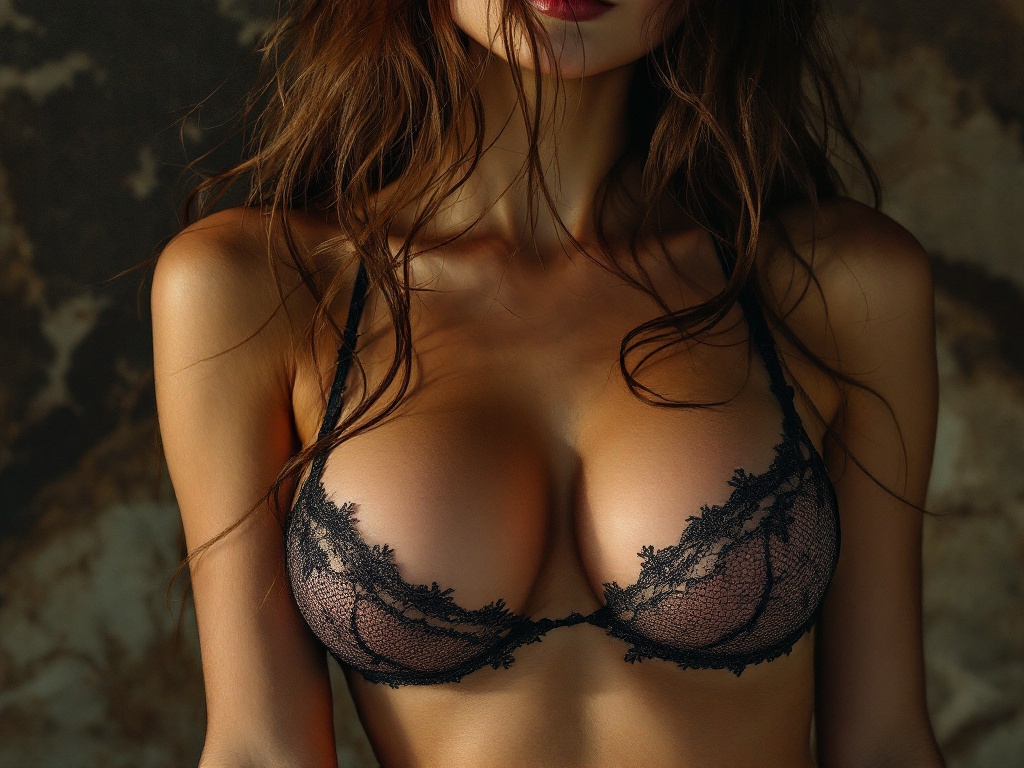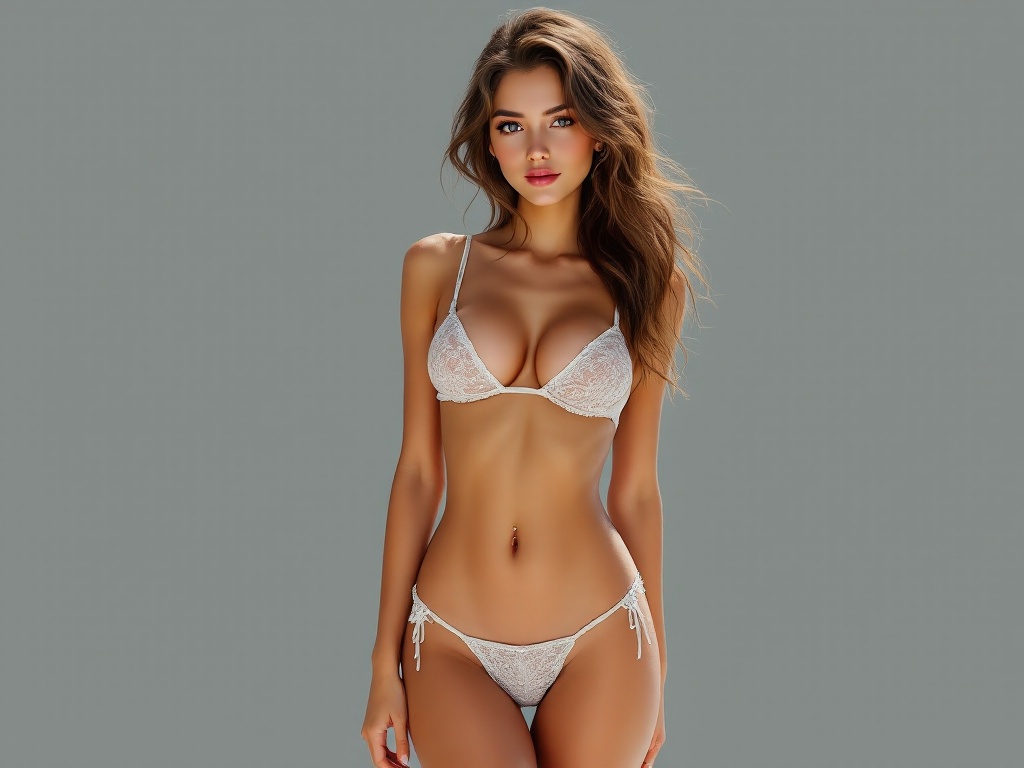As technology advances at a breakneck speed, one area that has seen notable transformation is the realm of erotic imagery. The integration of artificial intelligence (AI) into this field is redefining how art is created, appreciated, and consumed. With AI, creators are no longer solely reliant on traditional tools and techniques. Instead, they harness the power of algorithms to generate images that can evoke emotion and captivate audiences in unprecedented ways. This evolution not only pushes the boundaries of creativity but also raises important discussions around ethics, consent, and representation. Diving deep into this fascinating topic reveals the myriad impacts, challenges, and opportunities presented by AI in erotic image creation.
The Evolution of AI in Image Creation

The transformation of AI from simple computational tasks to intricate image generation is nothing short of revolutionary. Initially, AI applications focused on basic tasks, like identifying patterns in data. However, advancements in technology have led to the development of generative adversarial networks (GANs), which allow AI to produce distinct styles of erotic imagery. These technologies learn from vast datasets, enabling machines to create artworks that mimic real human artistry, albeit without the emotional experience behind the brushstroke. Yet, this dramatic shift prompts reflection on traditional methods of art and how they intersect with new digital capabilities. In this regard, exploring AI’s history in image creation illuminates the significant changes in artistic expression over time.
The Technology Behind AI Image Creation
The backbone of AI image creation lies in sophisticated algorithms, especially GANs. These networks comprise two parts: a generator and a discriminator. The generator creates images, while the discriminator evaluates them against real-world artwork, providing feedback that helps the generator improve. This bidirectional learning process enhances the quality and relevance of AI-generated imagery. Over time, artists have begun adopting these tools to augment their creative processes, blending traditional methods with cutting-edge technology. In this way, AI becomes both a collaborator and a catalyst for innovation.
Historical Context
Reflecting on the historical evolution of erotic art reveals enlightening comparisons with current practices. Traditional erotic art has a rich history, rooted in diverse cultures and artistic movements. Artists have long depicted the human form with nuance and intention, using their creations to express desire, beauty, and intimacy. As we transition into the digital age, the fusion of traditional artistry with AI offers opportunities for exploration and reinterpretation. Meanwhile, it challenges the conventions of what erotic art can be, ultimately broadening how we perceive and engage with it.
Impact on Artists and Creators

The integration of AI into the erotic arts landscape is reshaping the professional experiences of artists. While some may perceive AI as a threat, others see it as an empowering tool. For many, AI can serve as a source of inspiration, pushing the boundaries of their creativity. Still, it also raises important questions about authorship and originality. As artists navigate their relationships with AI technology, they must adapt to the changing dynamics of their craft, which may require new skill sets.
Collaboration vs. Competition
Assessing the collaborative potential of AI reveals a complex interplay between technology and human creativity. Instead of fearing job loss or dilution of artistry, many creators embrace AI as a partner. By using AI to generate preliminary concepts, artists can save time and focus on refining their visions. This collaborative approach can lead to breathtaking results, merging the spontaneity of human emotion with the precision of AI-generated images. As a result, AI becomes an extension of the artist rather than a replacement, fostering a unique partnership that enhances artistic expression.
Changing Skill Sets
As the landscape evolves, artists are required to broaden their skill sets to encompass both traditional techniques and modern technologies. Increasingly, proficiency in digital tools and software is becoming essential. Comprehensive knowledge of AI applications now plays a crucial role in an artist’s toolkit. Workshops, courses, and online resources are emerging to help those wishing to learn these new skills. Adapting to change is necessary not just for survival but for flourishing in an increasingly digital world.
Ethical Considerations
The rapid rise of AI-generated erotic imagery prompts serious ethical considerations that cannot be overlooked. The capacity for machines to create hyper-realistic representations raises critical questions of consent and could potentially lead to misuse. Addressing these challenges will require both vigilance and ethical frameworks to navigate the evolving landscape. With the power to generate images that may imitate real individuals or situations, the lines between artistic expression and potential harm become blurred. This necessitates a thoughtful dialogue among artists, technologists, and society at large.
Consent and Representation
One of the most pressing ethical concerns in the realm of AI-generated erotic content is the issue of consent. Proper representation is vital in a medium that portrays intimate subjects. Artists must ensure that their work respects individuals’ rights and identities. Additionally, discussions about how technology can disproportionately misrepresent or commodify certain groups should remain at the forefront of the conversation. Developing an ethical framework for AI will be crucial as this technology becomes more integrated into the art community.
Misuse of Technology
The potential for AI to create harmful or non-consensual imagery is a significant concern in this space. Abuse of the technology can result in damaging real-world implications for individuals and communities. Addressing these issues not only requires technological solutions but also a cultural shift in how we discuss and engage with erotic imagery. The art community must advocate for responsible usage of AI tools while remaining aware of the potential consequences that may arise from their applications.
The Future of AI in Erotic Image Creation
As we look ahead, the future of AI in erotic image creation appears promising yet nuanced. Emerging technologies may introduce new forms of interactivity and personalization that enhance user experiences. Artists are likely to continue exploring innovative ways to incorporate AI into their creative practices. Simultaneously, discussions around the ethical implications must persist to ensure that technology serves as a force for good. As new trends emerge, we can anticipate not only advancements in aesthetics but also significant shifts in societal attitudes toward erotic imagery.
| AI Tool | Description | Artistic Feature |
|---|---|---|
| DALL-E | A generative model that creates images from textual descriptions. | High variability and unique interpretations of prompts. |
| DeepArt | A tool that transforms photos into artwork in various styles. | Blend traditional art styles with modern imagery. |
| Artbreeder | A collaborative tool that allows users to mix images and create variations. | Fosters community collaboration and experimentation. |
Identifying trends in AI-generated erotic imagery can enhance our understanding of how this technology affects creators and consumers. Below are some notable trends worth watching:
- Personalization: Artists are leveraging AI to customize art for specific audiences.
- Increased Collaboration: More artists are collaborating with technologists to explore new creative avenues.
- Interactive Experiences: AI is paving the way for immersive experiences, enabling viewers to engage with art in innovative ways.
Conclusion
The landscape of erotic image creation is in a state of transformation fueled by the advent of artificial intelligence. This integration presents tremendous opportunities for innovation, but it also necessitates a discussion surrounding ethics and representation. As artists navigate this evolving domain, they find themselves at the crossroads of creativity and technology, redefining how we perceive erotic art. A commitment to ethical practices will be essential as we continue to explore this dynamic intersection. While the future of AI in erotic imagery remains bright, it is imperative that we engage in responsible dialogue to shape its path.
Frequently Asked Questions
- What is AI in erotic image creation? AI in erotic image creation refers to the use of artificial intelligence technologies, such as machine learning and generative models, to produce images with sexual or erotic themes.
- How does AI-generated art differ from traditional erotic art? AI-generated art can produce images much faster and allows for more stylistic experimentation, whereas traditional erotic art relies on the artist’s manual techniques and personal expression.
- Are there ethical concerns with AI-generated erotic images? Yes, there are concerns regarding consent, representation of individuals, and the potential for misuse in creating harmful or non-consensual imagery.
- Can AI aid artists in their creative process? Absolutely. Many artists use AI as a tool to enhance their creativity, generate ideas, or even collaborate on artworks, thereby expanding their creative horizons.
- What is the future of AI in erotic art? The future may see further advancements in AI technology that could lead to more personalized and immersive experiences, as well as growing discussions around ethical practices within the industry.


